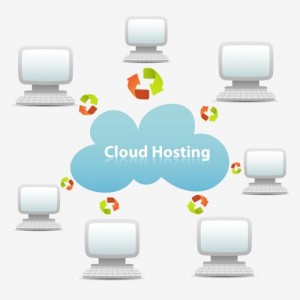Are you in the clouds trying to keep up with all the new and improved cloud-based technologies? Whether you’re relying on a third-party managed-services company for some or […]
Migrating To A New Cloud: Tips For Minimizing Your Downtime
At some point in the current era of technology, it will become inevitable for your company to migrate its cloud system from one server to another, or to […]
Debunking Cloud Concerns
Cloud computing models offer businesses a cost-effective way to outsource IT applications and infrastructure services to a third-party service provider. It allows them to use applications and store […]
The When and Why Of Cloud Database Migration
Your business is filled with server racks hosting everything from your email to your website, so you may be looking into cloud strategies to cut down on costs and improve […]
Develop A Data Strategy Before Moving To The Cloud
Taking advantage of the cloud is a smart business move. It reduces reliance on physical storage, leaves valuable data under the protection of professionals, and increases employees’ ability […]
I Use Virtual Server Hosting… I’m In The Cloud, Right?
So often — too often — the terms “VPS” and “cloud hosting” get used synonymously. A cloud host can offer virtual private servers (VPS), but owning a VPS […]
Free Up Your IT Team: The Benefits Of Managed Colocation
It’s been said that one of the main leadership skills is the ability to delegate. When you assign tasks to other people, it allows you to tackle more […]
The Benefits Of A Dedicated Server: Dependable, Fast and Scalable
Shared hosting may be fine for a fledgling business at its inception, but after some success has been achieved, the need for a more robust solution will become […]
Cloud Computing Models
There’s a lot of discussion about all sorts of issues related to cloud computing. In a nutshell, cloud computing as a whole encompasses any subscription-based service that offers […]
Cloud Hosting: Serves Businesses Professionally
Cloud hosting is the latest technology that has gained lots of popularity in such a short time as a new and budding technology in the web hosting industry. […]
Cloud Hosting: A Utility Service
Businesses are being benefited immensely through cloud hosting. One can speedily build systems by using cloud hosting and add the memory keeping CPU free from the whole process. […]



